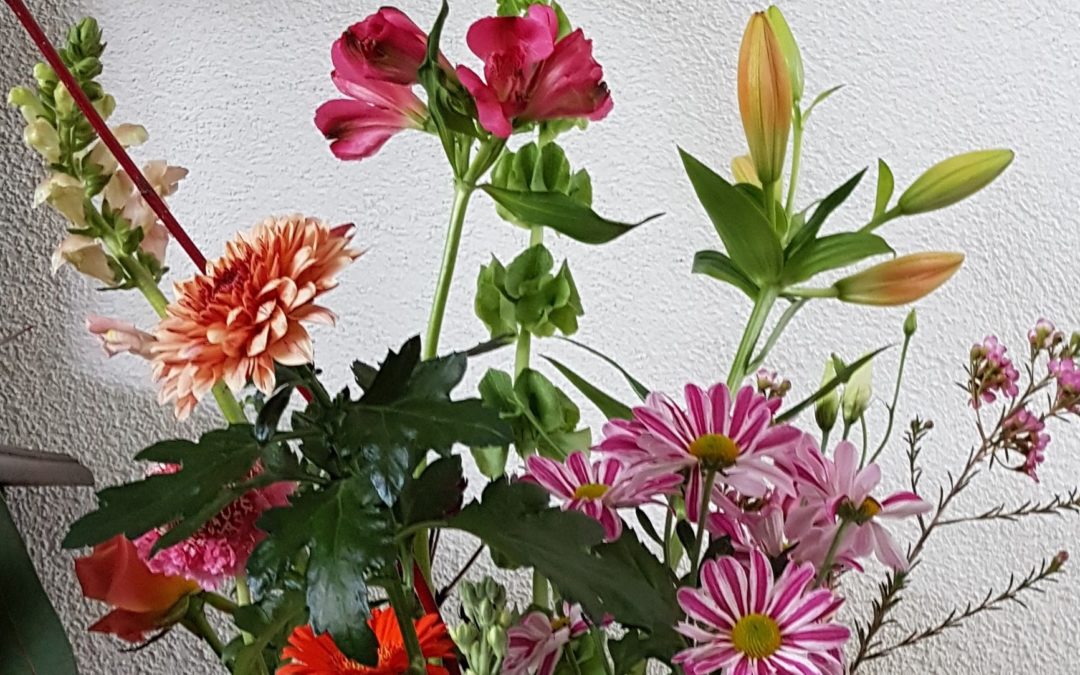Who doesn’t enjoy the spring blossom and flowers? They can give you fleeting moments of happiness – ones that evaporate as soon as something else happens or another thought crosses your mind. But how dearly we would love to hold on to that sense of happiness or recapture it again quickly.
The Radboud University (RU) in Nijmegen added the subject of ‘happiness’ to its teaching programme in the 2017-2018 academic year, holding classes and lectures about the happiness and well-being of young students. The university’s percentage of happy students was lower than the national average, which prompted it to further investigate the topic of happiness.
It turned out that a quarter of the students felt emptiness around them, one in five students missed people around them and more than half of the students suffered from stress. The RU thought that talking about possible causes and solutions could provide insights into the lack of happiness. The idea of teaching the subject of ‘happiness’ at schools in the Netherlands was also discussed.
It emerged that some people find happiness in possessions, others in experiences, in mindfulness (awareness of where emotions come from), a chat with a passer-by or by contributing to a better world. These are all ways to feel happier.
According to Prof. Dr. A.J. (Ap) Dijksterhuis, a Dutch psychologist and professor at RU Nijmegen, offering help or giving something to another person has a strong effect on your own feeling of happiness, but only when you receive positive feedback or indirect gratitude. Another conclusion was that longing for happiness too strongly can stand in the way of achieving it.
Rather than being an active pursuit, searching for – and finding – your own happiness is more a continuous stream of activities. With a form of mindfulness, you can set that continuous stream of activities in motion by asking yourself the right questions, according to Deepak Chopra’s seven paths to a happy life:
- What do you dream about, what would you long for if anything were possible?
- Think about what makes you happy and give that to someone else.
- Keep looking around, keep wondering about the things you encounter every day and see that you (eventually) get back what you (once) gave.
- Be satisfied with what you have and where you are right now.
- Tell yourself your deepest desires and wait quietly.
- See all the possibilities there are; surprise, amaze and astound yourself.
- Learn to recognise and appreciate your own talents.
These insights by Deepak Chopra are incorporated in the seven chapters of the Soy Don Toro book. As well as enabling children who wish to do so to take a first step in learning a foreign language (Spanish), the book also helps them to learn about their own happiness by talking to each other about the questions it contains.
For more information about Soy Don Toro, visit the website, watch the introductory video on You Tube and/or read the PDF of the first chapter: PDF – workbook part 0 (4 to 6 years).
Good luck!



